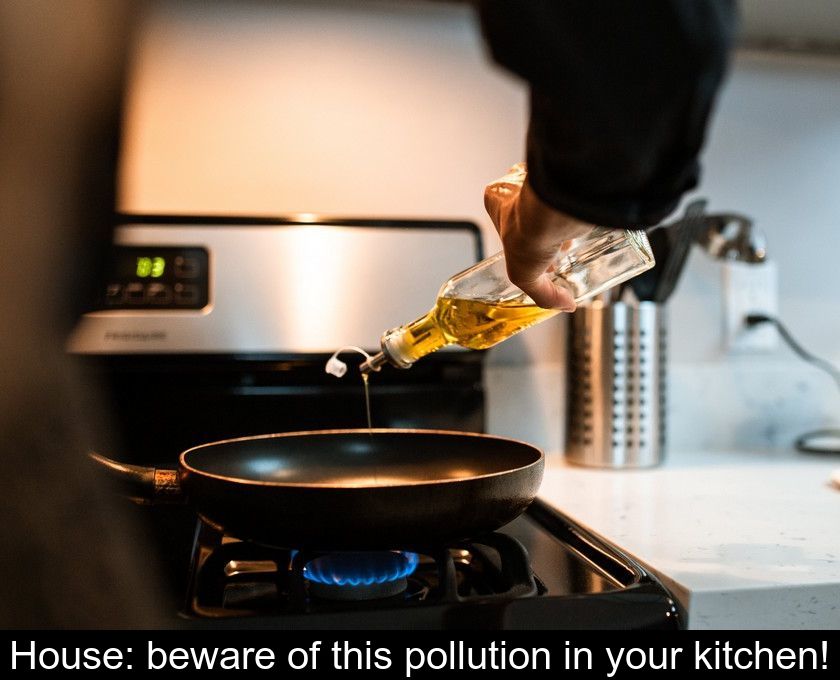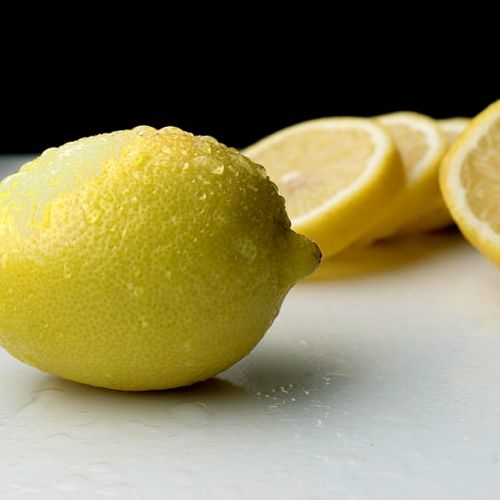House: Beware Of This Pollution In Your Kitchen!
According to the results of a European study published on November 8, 2023, more than half of the French households cooking with gas are exposed to nitrogen dioxide levels exceeding the threshold recommended by the WHO. We invite you to learn about this pollution, the health risks it poses, and how to protect yourself from it.
A silent pollution linked to gas cooking
Researchers from the Dutch Organization for Applied Scientific Research, or TNO, installed sensors in homes across 7 European countries for five months to measure residents' exposure to nitrogen dioxide emitted during gas cooking.
The study was conducted in the Netherlands as well as in Italy, Spain, France, the United Kingdom, Slovakia, and Romania. It was published on November 8, 2023, and revealed concerning findings.
It shows that 53% of French households using gas cooking for stovetops or ovens exceed the World Health Organization's recommended daily threshold for nitrogen dioxide or NO2 exposure. Despite the presence of an exhaust hood, this gas impairs indoor air quality, which is not without consequences for the health of the occupants of these dwellings.
A harmful gas for the respiratory tract.
The risk of indoor air pollution due to gas cooking is not a recent discovery. The WHO has already sounded the alarm on this issue, indicating that children living in households with this cooking method have a 20% higher risk of suffering from respiratory diseases due to nitrogen dioxide.
Nitrogen dioxide has a detrimental effect on the respiratory system: it causes inflammation of the airways, coughing, wheezing, reduced lung function, and an increase in asthma attacks, especially among the youngest.
The Dutch study that has just been published does not just confirm the dangers of gas cooking. It also provides a more precise assessment of this pollution. According to the researchers, the concentration levels of nitrogen dioxide are "nearly twice as high in households using gas cooking appliances as in those with electric cooking devices."
Moreover, according to another study published at the beginning of 2023, nearly 150,000 children in France show symptoms of asthma due to exposure to this pollution.
A pollutant difficult to eliminate in homes
Facing the threat of nitrogen dioxide emitted during gas cooking, one might think that simply airing out the home after cooking would suffice. While it's true that ventilation can help limit exposure to nitrogen dioxide, researchers stress that this solution is not perfect.
According to the authors of this Dutch study, "pollution peaks in French homes that cook with gas could last several hours and were all the more intense as the cooking appliances were left on for longer periods."
When you simmer a dish on a gas stove for many hours, the pollution associated with this cooking method does not just stay in your kitchen but spreads throughout your entire home. Therefore, windows should be opened in every room.
To limit exposure to this indoor pollution, the best solution is to favor electric cooking. Indeed, unlike gas stoves, electric cookers and hotplates can be used for long hours without altering the level of nitrogen dioxide in the indoor air.
It is also recommended to equip kitchens with ventilation hoods specially designed to reduce the level of particles emitted during cooking.
The Respire Association, which advocates for better air quality, calls for the implementation of specific labeling on household appliances to indicate to consumers their pollution rate.











